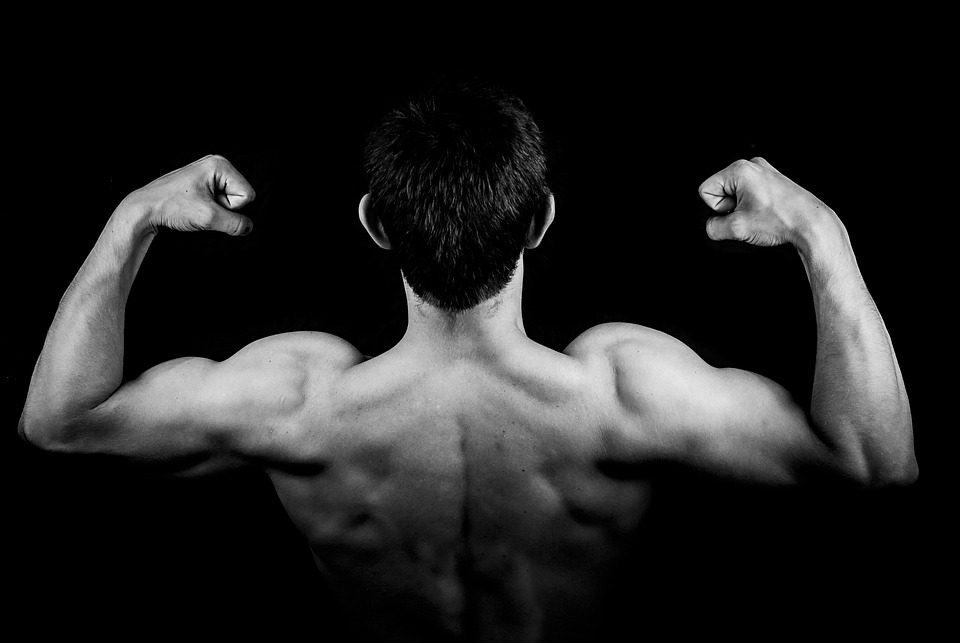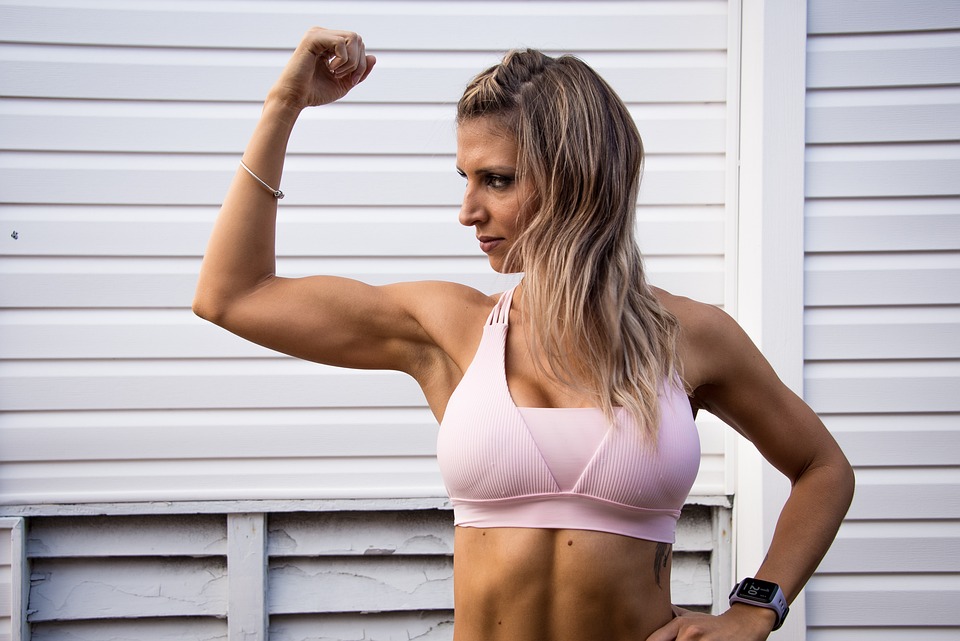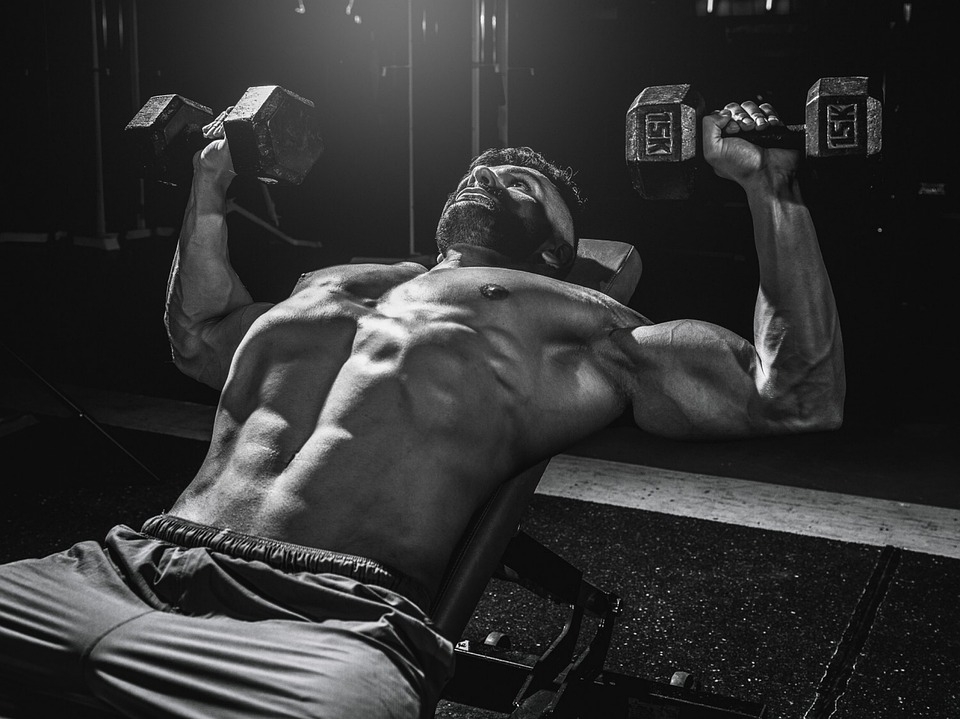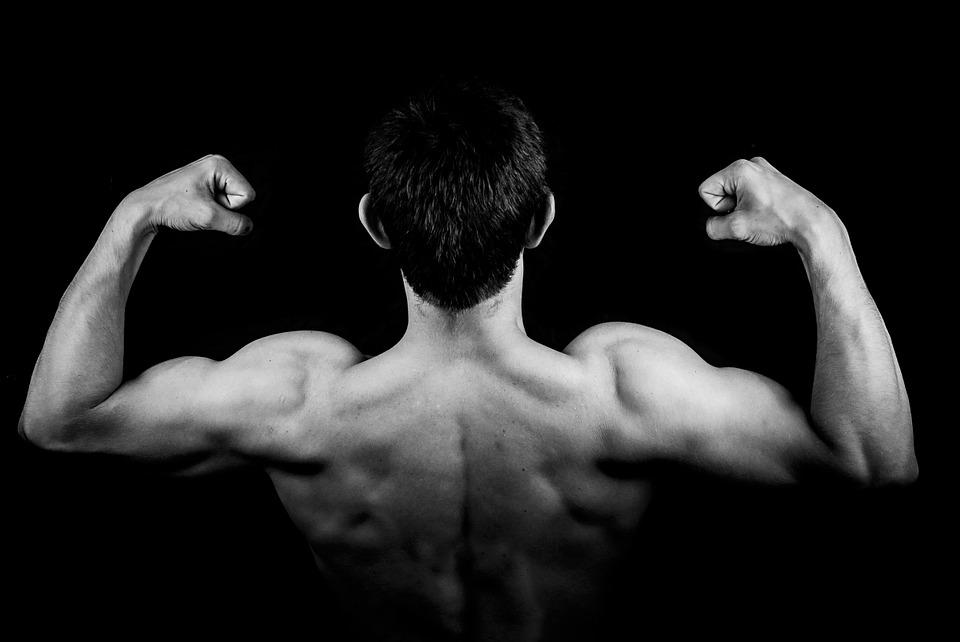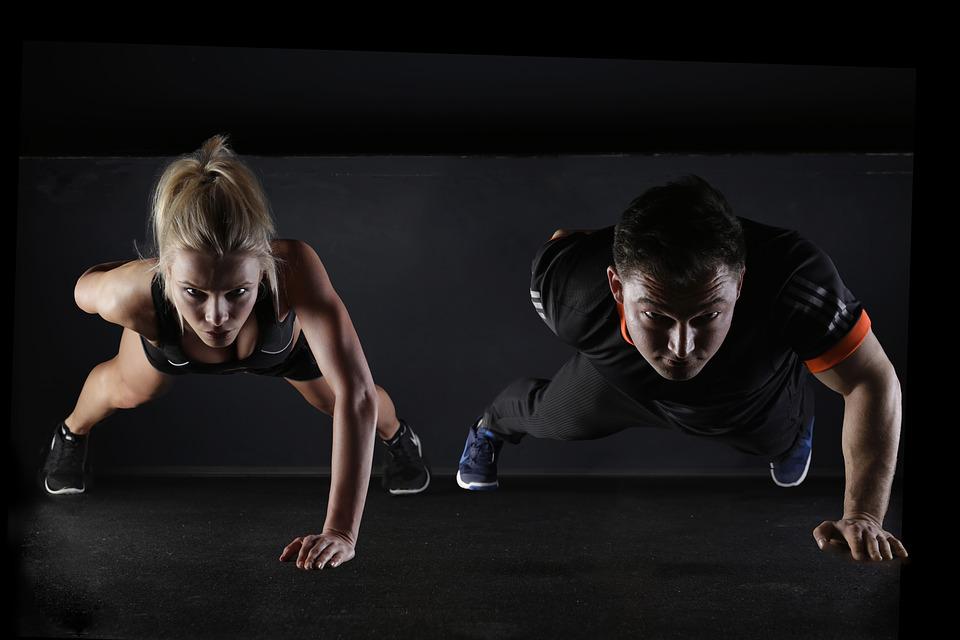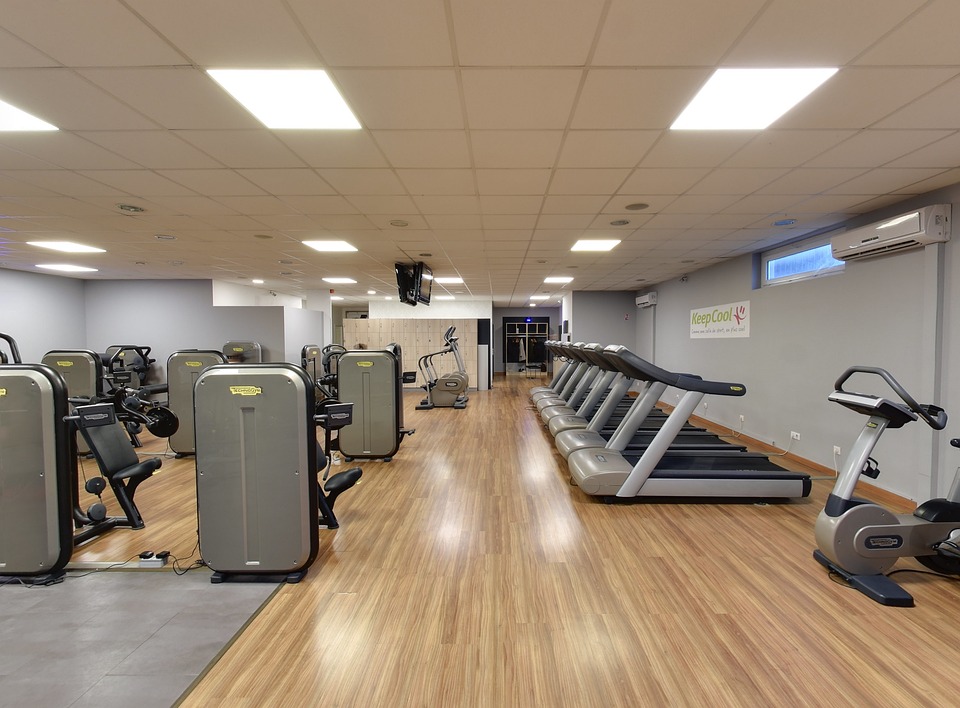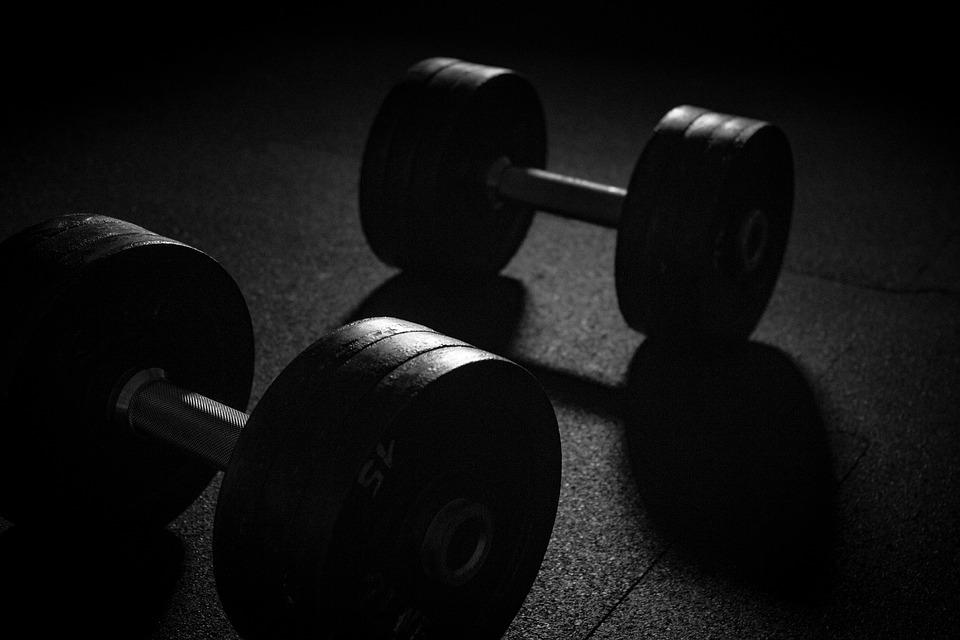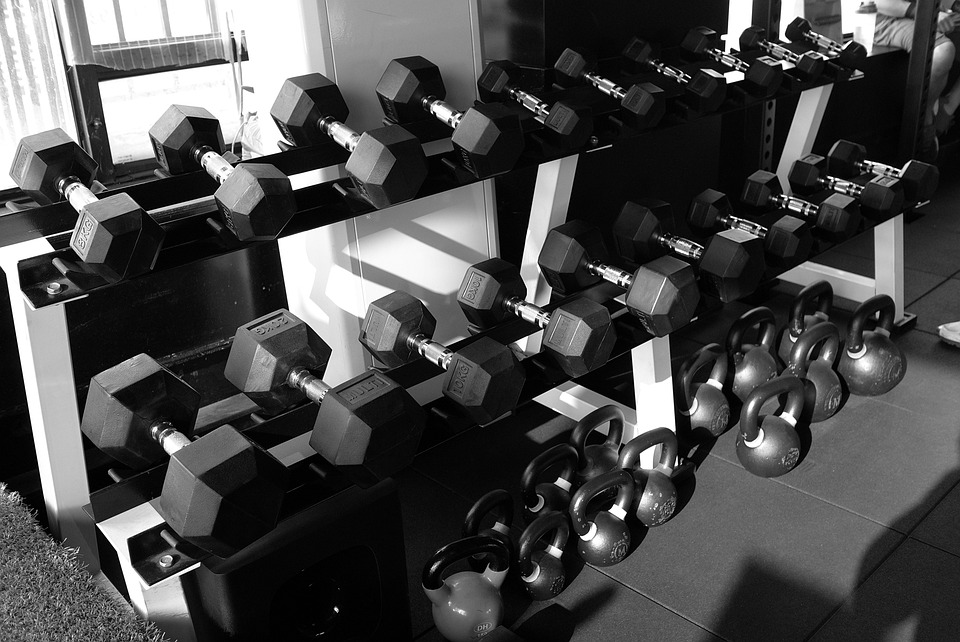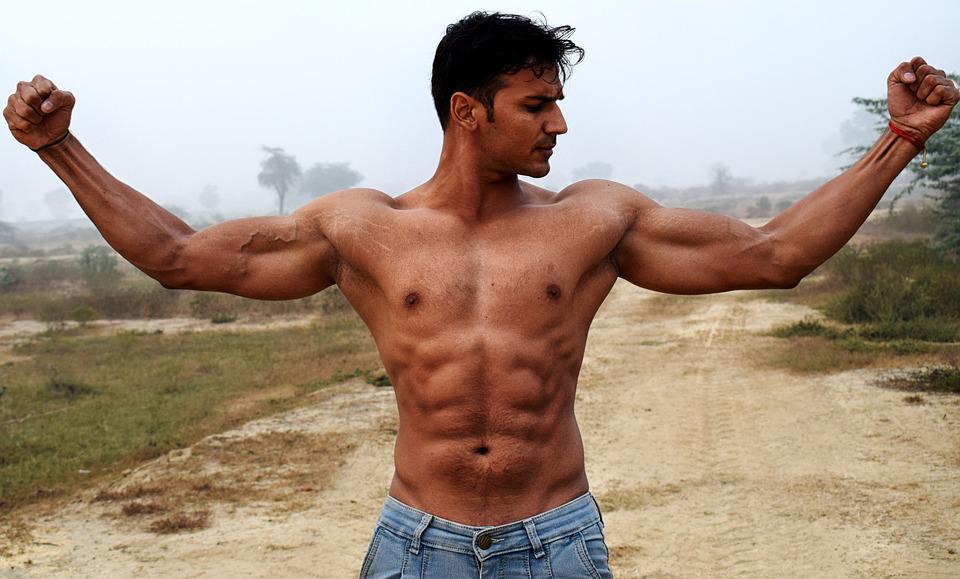
If you are looking for toned and sculpted arms, you should try doing some strength training exercises for your arms.
What muscles are we targeting?
Your arms have multiple muscles that start at your hand and wrist and go all the way up to your shoulders.
The muscles in your chest and shoulders are not only important for routine arm movements, but play key roles in many other movements as well.
The arms themselves primarily include the following major muscles:
- Biceps brachii. This classic muscle is responsible for flexing the elbow and externally rotating your hand and forearm.
- Coracobrachialis. This muscle spans from your shoulder to the middle of your upper arm until just below your elbow. It assists in raising or flexing your upper arm.
- Brachialis. The brachialis is a strong elbow flexor that spans from the middle of your upper arm to just below the elbow and plays a major role in flexing your elbow.
- Triceps brachii. This muscle has three distinct heads, each of which begins at the shoulder and spans the backside of your upper arm until just below the elbow. It’s responsible for extending your elbow when you straighten your arm, as well as extending your shoulder, or moving your arm behind you.
In addition to the arm muscles, the muscles in the shoulder, back and chest area are important for how strong your arms are.
These muscles, which are not traditionally associated with the arm, are key to almost every movement or force required for arm-related tasks.
These muscles include:
- Pectoralis major. The pec major is responsible for most of the movements of the arm, including pushing, lifting the arm, and bringing the arm down from a flexed position. It also adducts the arm from a horizontal position and assists with the rotation of the upper arm.
- Pectoralis minor. This muscle is an important scapular stabilizer.
- Posterior shoulder muscles. These rear shoulder muscles move your upper arm backward, such as during pull-apart motions.
- Deltoids. These muscles around the front, side, and back of the shoulder move your arm upward in all directions. They’re also responsible for the rotation of the upper arm.
- Rotator cuff muscles. These muscles are important to shoulder stabilizers, but they also assist with initiating arm movements.
- Latissimus dorsi. This muscle in your upper back moves your upper arm downward, in, or backward, such as during a lat pulldown or rowing motion.
It is important to focus on strengthening all of the muscles in your arms to ensure that they are all proportionally strong.
Arm circles
This is a beginner-level exercise that focuses on the muscles in the shoulders. It strengthens the biceps and triceps by having them work against each other. You can vary the size of the circles you make, but it’s important to keep your arm muscles tense the whole time.
To perform arm circles:
- Stand tall with your arms straight out to your sides and your muscles contracted down the length of your arm.
- Slowly make circles with your arms by rotating them around your shoulders while keeping them straight and your elbows locked with tension.
- Perform 3 sets of 10–20 repetitions in both directions. You can perform sets of large or small diameter circles to slightly change the effort required.
Arm front raises
This exercise strengthens the front of your shoulder and the muscles in your arms. To make this more challenging, hold two cans of soup or two water bottles.
To perform arm front raises:
- Stand tall with your arms out to the front, locked out straight with your thumbs toward the ceiling.
- Raise your arms overhead while keeping them straight and locked out until they point straight up overhead, with your upper arms blocking your ears when viewed from the side.
- Slowly lower your arms to the starting position.
- Perform 3 sets of 10–20 repetitions.
Arm lateral raises
This exercise strengthens your biceps and triceps by contracting them against resistance. To make this more challenging, grab two cans of soup or two water bottles to add weight.
To perform arm lateral raises:
- Stand with your arms at your sides and your palms facing inward toward your hips.
- Keep your arms straight and raise them to the side until your body makes a “T” when viewed from the front.
- Slowly lower to the starting position.
- Repeat for 10–20 repetitions.
Wall angels
This exercise strengthens the muscles in the shoulder and arm area and increases the range of motion in the shoulder.
To perform wall angels:
- Stand with your back against a wall with your knees bent and your feet roughly 1–2 feet (about 0.5 meters) away from the wall. Your head, upper back, and tailbone should be in contact with the wall.
- Bend your elbows to 90 degrees and raise your arms until your upper arms are parallel to the floor as if you’re putting your hands up.
- Extend your arms overhead until they’re straight. Aim to keep your arms, head, upper back, and tailbone in contact with the wall.
- Return to the starting position.
- Repeat for 3 sets 10–12 repetitions.
Downward Dog to plank
This exercise strengthens the muscles in your chest, shoulders, and arms. It’s a good way to start building strength in the top of a pushup position.
To perform Downward Dog to plank:
- Begin in a pushup plank position with your hands under your shoulders and your arms straight. You can start with your knees on the ground if the pushup plank position is too challenging.
- Raise your hips and press backward with your arms to arrive into the Downward Dog Pose. If you started from your knees, you will raise your knees off of the ground once you have pushed back enough to do so.
- Stabilize briefly in the Downward Dog Pose before returning to the starting position.
- Repeat for 3 sets of 10–12 repetitions.
Plank tap
This exercise is a variation of the plank that strengthens your shoulders, triceps, and biceps.
To perform the plank tap:
- Begin in a pushup plank position with your hands under your shoulders and your arms straight. Keep your spine neutral. To make the exercise more challenging, keep your feet together. To make it easier, widen your feet.
- Bring your left hand up to your right shoulder and tap it before returning your hand to the floor.
- Repeat with your right hand and left shoulder.
- Perform 3 sets of 10–12 repetitions on each side.
Pushup
This exercise is a great way to strengthen your chest, shoulders, and triceps without any equipment. You will also need to engage your core to maintain the position, which will help to strengthen your core muscles as well.
If standard pushups are too challenging, do them on your knees instead.
To perform a pushup:
- Begin in a pushup position with your hands under your shoulders, spine neutral, and legs straight. If needed, keep your knees on the ground to reduce the difficulty level.
- Lower your entire body in unison toward the floor by bending at the elbow. Keep your elbows close to your sides or at about a 45–degree angle. Lower your chest until your upper arm is parallel to the floor.
- Push through the floor to drive back to the top position, maintaining control the entire time.
- Repeat for 3 sets of 10–12 repetitions. If the sets become too difficult, you can revert to the knees-down variation.
Triceps dip
To do this exercise, you will need a chair. It primarily targets the triceps and chest.
To perform bodyweight triceps dips:
- Place your hands shoulder-width apart on the chair you’re propping yourself upon.
- Shift your pelvis and bottom forward so there’s a gap of 3–6 inches (8–15 cm) between your back and the chair, giving you clearance as you dip down.
- Bend your legs to a 90–degree angle with your feet planted firmly on the ground, or extend them out in front of you (but don’t lock your knees).
- Slowly lower your body straight down and then push back up, focusing on engaging your triceps.
- Complete 3 sets of 10–12 reps.
Barbell biceps curls
- Stand while holding a barbell in both hands.
- Perform a barbell curl by flexing both elbows, keeping your shoulder blades retracted.
- Curl bar up to about chest level. Do not allow your lower back to arch. Keep your spine in a neutral position.
- Slowly lower the bar back to the original position by extending your elbows.
Safety
To put less strain on your elbow, don’t hold the bar too close or too far from your body. To figure out the right width, let your arms hang down at your sides with your palms facing forward. The position your hands naturally fall into is where they should be when you grip the bar.
Do 3-5 sets and 6-12 repetitions.
Cable triceps extension
- Sit upright with feet shoulder-width apart and pointed straight ahead.
- Grasp two cable handles, with your elbows flexed.
- Keep your shoulder blades retracted and depressed.
- Push your hands toward the ground until your arms are fully extended. Do not allow your shoulders to elevate toward your ears during the exercise.
- Hold.
- Slowly return to the starting position.
Technique
If you attach a cable to a weight machine when doing cable pushdowns, your elbows will be able to move freely along their natural path, rather than being held close to a straight bar. This may help reduce stress on your elbows.
Do 3-5 sets and 6-12 repetitions.
Dumbbell hammer curls
- Stand with your feet flat on the floor, pointing straight ahead.
- Hold a dumbbell in each hand with arms at your sides; palms facing each other.
- Perform a hammer curl by performing elbow flexion while keeping your palms facing each other.
- Keep your shoulder blades retracted throughout the exercise.
- Slowly return dumbbells to their original position.
- Do 3-5 sets, 6-12 repetitions
Bench dumbbell triceps extension
- Lie on a flat bench.
- Your feet should be flat with toes pointing straight ahead.
- Hold dumbbells in both hands with elbows flexed.
- Extend your elbows until your arms are straight.
- Hold.
- Slowly lower each dumbbell toward your forehead by flexing your elbows. Be sure to keep your low-back in a neutral position throughout the exercise. Do not let it excessively arch off the bench.
- Repeat.
Safety
It is better for your elbows to have your hands shoulder-width apart.
Do 3-5 sets and 6-12 repetitions.
Cable biceps curls with shoulder flexed
- Stand while holding a handle to a cable attachment with your shoulder flexed.
- Perform a biceps curl by flexing your elbow, keeping your shoulder blade retracted.
- Curl until your elbow is fully flexed.
- Slowly return to your original position by extending your elbows.
- Do 3-5 sets and 6-12 repetitions.
Cable triceps extension with shoulder flexed
- Stand while holding a handle to a cable attachment, (your back to the machine) with your shoulder flexed.
- Perform a triceps extension by extending your elbow until your arm is straight.
- The only movement that occurs should be at the elbow— avoid flexing or extending your shoulder.
- Slowly return to the original position by flexing your elbow.
- Do 3-5 sets and 6-12 repetitions.
Wrist flexion
- Sit on a bench or stability ball with one arm comfortably rested on a table or other sturdy object.
- Hold a light dumbbell with your palm facing upward and slightly hanging off the table.
- Perform wrist flexion through a comfortable range of motion.
- Hold.
- Slowly return to the starting position.
- Do 3-5 sets and 6-12 repetitions.
Wrist extension
- Sit on a bench or stability ball with one arm comfortably rested on a table or other sturdy object.
- Hold a light dumbbell with your palm facing downward and slightly hanging off the table.
- Perform wrist extension through a comfortable range of motion.
- Hold.
- Slowly return to the starting position.
- Do 3-5 sets and 6-12 repetitions.
Wrist supination/pronation
- Sit on a bench or stability ball with one arm comfortably rested on a table or other sturdy object.
- Hold a lightweight object with your palm facing upward and slightly hanging off the table.
- Perform wrist pronation by turning your lower arm from a palm-up position to a palm-down position.
- Reverse the movement to perform wrist supination.
- Do 3-5 sets and 6-12 repetitions.
Arm workout: Tips, sets, and reps
While training your arms, it is important to keep in mind that you have several muscles, which interact with multiple joints including your wrist, elbow, and shoulder.
Therefore, it is best to perform a variety of movements at each joint to stress your muscles properly in order to have a well-rounded routine.
After doing some initial exercises, you should focus on both the upper and lower parts of your arms. This will help improve the shape and definition of your arms, as well as give you the extra strength you need for tasks like opening a jar or carrying a heavy object.
The exercises in the following list will be performed with moderate loads and repetitions in order to emphasize both muscular hypertrophy (muscle growth) and muscular endurance. As your fitness and strength improve, the load and volume (sets, reps) can be increased.
To get the most benefit from your workout, it’s important to push each set to muscle fatigue. In other words, the last few repetitions of each set should be difficult to perform, but you should be able to keep your ideal form, posture, and technique throughout the entire set.
The exercises provided are only examples, feel free to substitute them with your favorite moves, using machines, dumbbells, kettlebells, elastic tubing, or body weight suspension trainers.
Main Points:
- Perform a variety of movements at each joint.
- Target both upper and lower arms.
- Perform exercises with moderate loads, sets, and reps.
- Perform each set to muscular fatigue.
- Feel free to substitute with your favorite moves and modalities.

